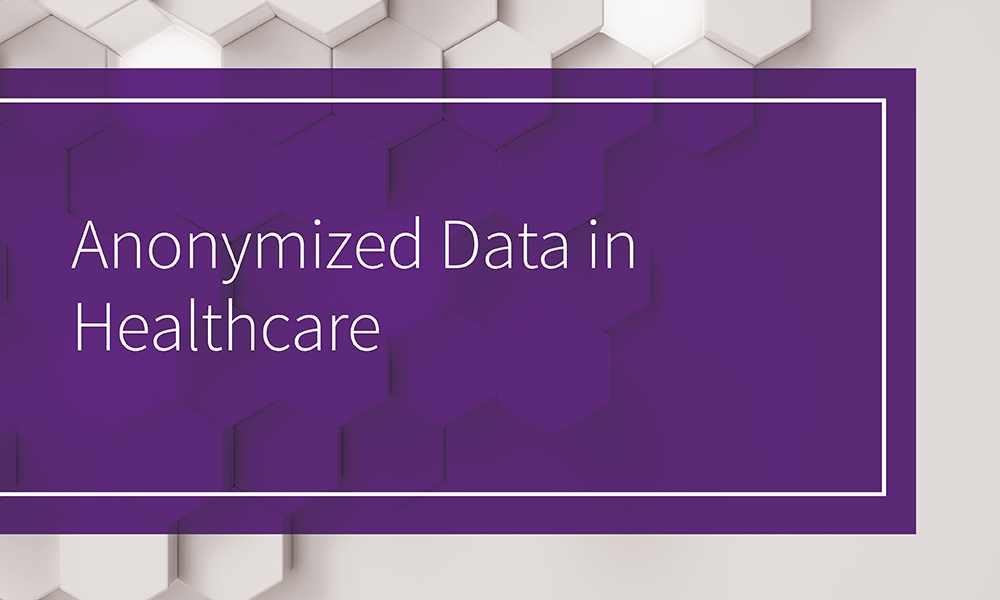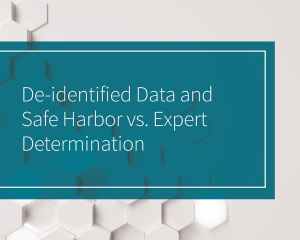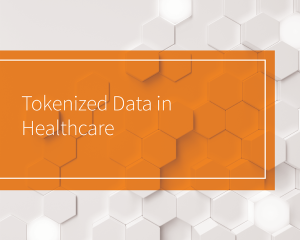In the first part of our series, we took some time to explain de-identified healthcare data and where both Safe Harbor and Expert Determination fit into the mix. In this post, we’ll jump into what anonymized data in healthcare means.
In general terms, anonymized means “to block or eliminate identifying information from (test results, data, authorship, etc.), especially for statistical analysis, product appraisal, or personal privacy; to make anonymous.”
Anonymized data never contains identifiable information, and it is not possible to be re-identified. It can be seen as a sub-category of de-identification. Unlike de-identified healthcare data, this data cannot be linked back to an individual even with a code, algorithm, or pseudonym.
All anonymized data is de-identified, but not all de-identified health data is anonymized (e.g. tokenized health data).
Anonymized data is similar to de-identified health data, but more context associated with categorical identifiers are stripped away. Anonymization could be leveraged to create an aggregated group of data.
In our example of, David Jr.* we can de-identify his data to find insights into other patients with depression – however all identifiable context regarding demographic information is completely removed or obfuscated. The data set can now only be filtered via simplistic parameters like confirmed positive diagnosis for depression and it cannot be linked back to the patient level due to the lack of identifiers.
Anonymized health data could be used with:
- minors,
- sexual assault victims,
- studies using data from federal sources where a subset of data is provided,
- analysis of aggregated data,
- research related to hot spots of socioeconomic barriers that correlate with hot spot (or lack thereof) diseases,
- examining a geographic region for strategic planning or research,
- and hospital satisfaction surveys where secondary analysis is performed, etc.
Anonymization offers a whole different level of de-identification than compared to tokenization. You’ll find more on tokenized healthcare data in the final part of blog series.
*Please note, all names, diagnoses, and other information included in this infographic are fictitious. They are included for illustrative purposes and do not identify any actual persons (living or deceased).






